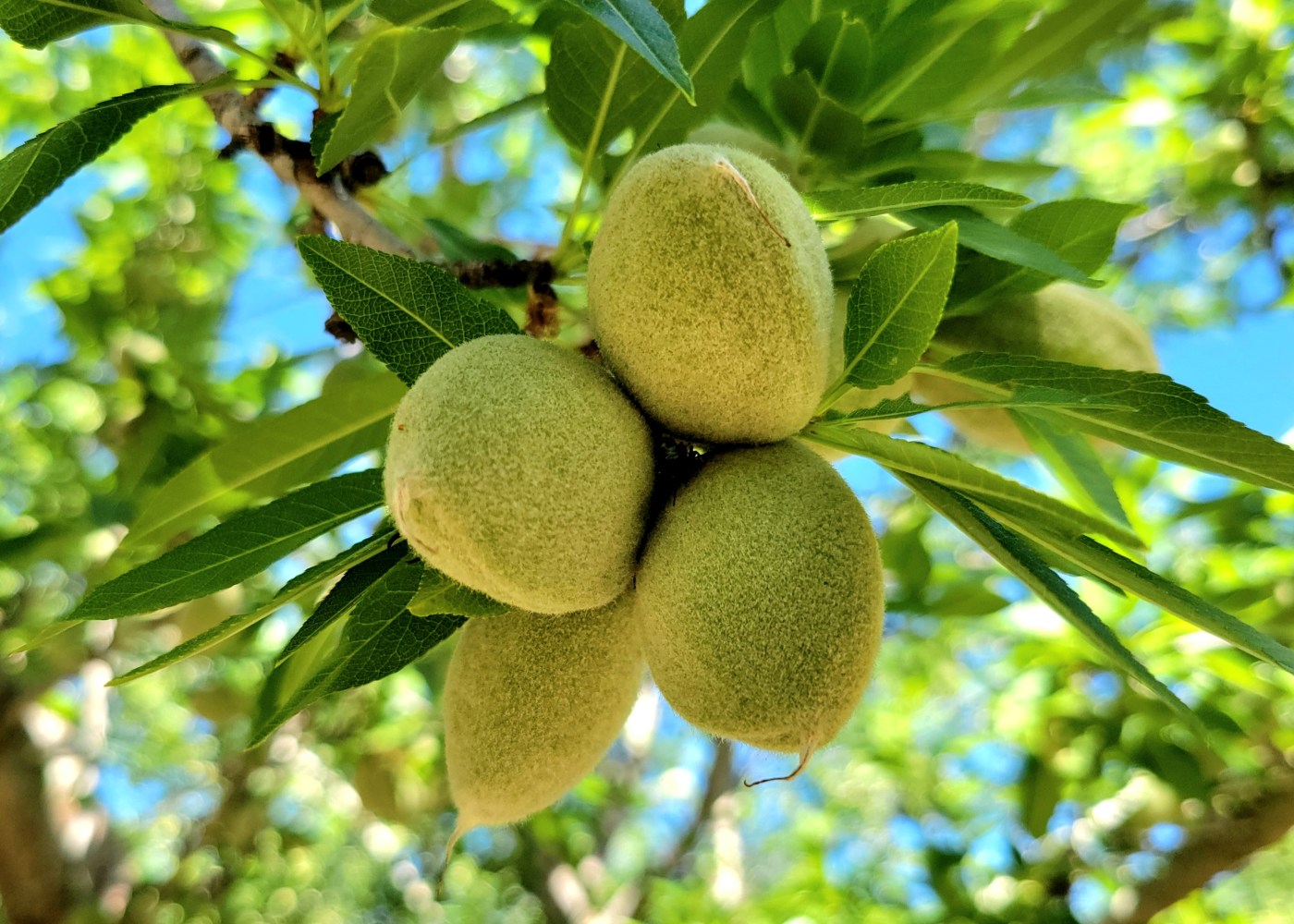OROVILLE — If you’ve seen almond trees recently and think the branches look loaded, you’re in good company. A forecast released Friday by the U.S. Department of Agriculture predicts a bountiful harvest this fall in orchards across California.
The Pacific Region office of the USDA’s National Agricultural Statistics Service compiled an initial survey of California growers indicating a 21% increase in almond production over last year. With planted acreage unchanged, the yield is expected to increase at a comparable rate.
Butte County Agricultural Commissioner Louie Mendoza welcomed the report, given the challenges locals have faced in recent years while growing the county’s second-leading cash crop.
“The forecast should be pretty accurate for California this year,” Mendoza told this newspaper. “The 2024 crop looks very good countywide, and statewide it looks very good.”
A more comprehensive forecast will follow, as will the finalized crop report of 2023 — but based on a survey of 500 growers in the state, the USDA anticipates production of three billion pounds, up from 2.47 billion last year; and a yield of 2,170 pounds per acre, compared with 1,790. Almond-bearing acres remain steady at 1.38 billion statewide.
“This is the first of two official crop estimates that we see for almonds in California,” Colleen Cecil, executive director of the Butte County Farm Bureau, told this newspaper. “The number is larger than the final 2023 crop numbers but is not the largest crop the industry has seen in recent years. The available acreage supports the number reported, too.
“Going forward, there are still factors that could impact the final number — including, but not limited to, insect damage, weather and quality at harvest. The number allows for preparation for marketers and harvest needs at this point.”
The USDA attributes the jump to “mostly favorable weather for the first half of the growing season.” Bloom for early varieties started mid-February; “there were a handful of storms that brought rain, wind, and hail to some areas, but overall mild temperatures and excellent weather from the end of February into early March helped boost pollination.”
Related Articles
Bird flu is bad for poultry and dairy cows. It’s not a dire threat for most of us — yet
California reports the first increase in groundwater supplies in 4 years
Beekeepers share expertise at workshop
Orchard farmers to meet for soil lab field day
Grade-school entrepreneur hatches idea | It’s Your Business
Mendoza said that California trend applied locally as well with weather generally conducive to bees pollinating trees and to a healthy bloom. Butte County’s acreage for almonds is roughly 38,000 acres, smack in the middle of the range over the past decade.
“My biggest concern is a big crop, and we’ll see what price growers get for it,” he added. “If there is an uptick in the price, that will be very helpful, because the production will be up also and all the costs associated with farming are up.”













+ There are no comments
Add yours